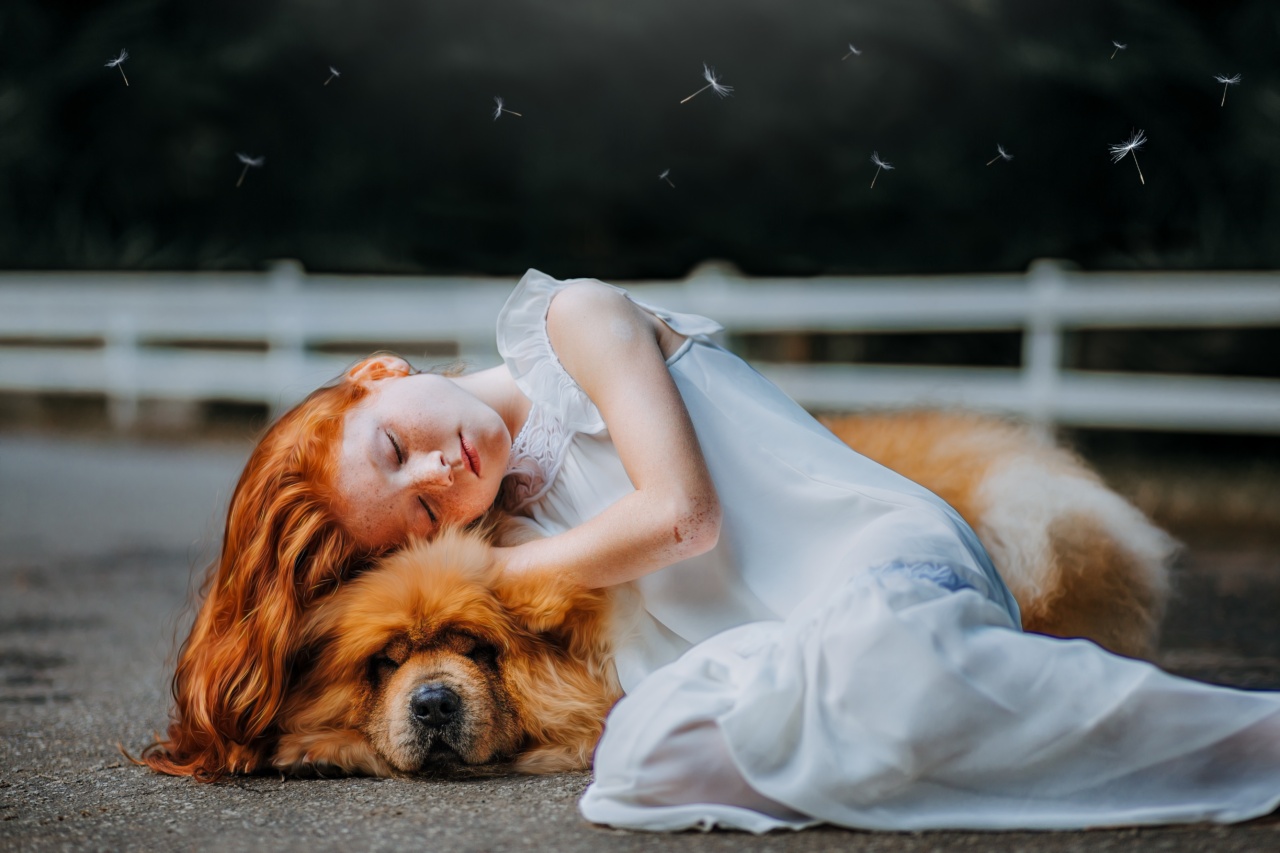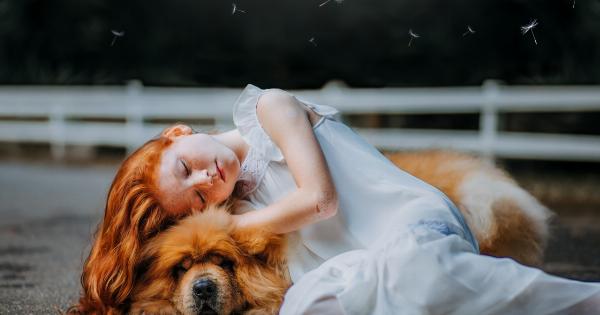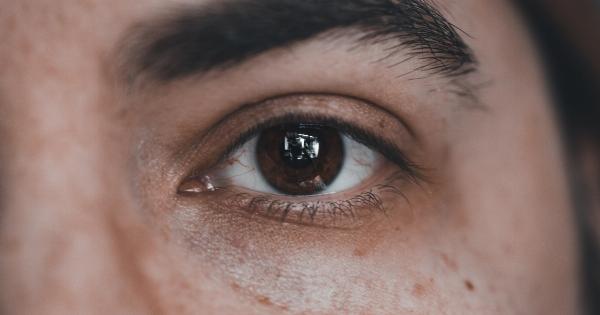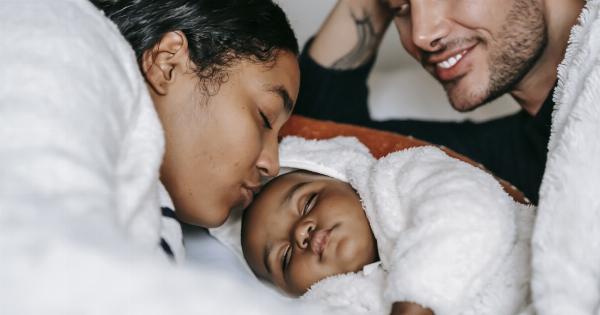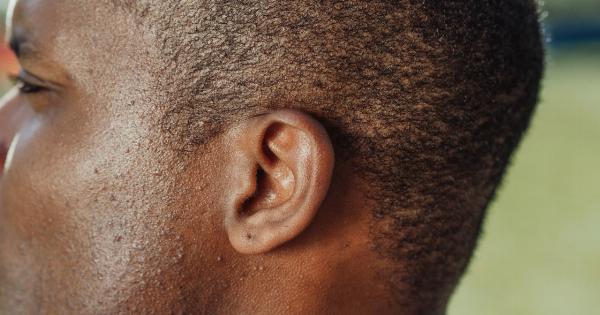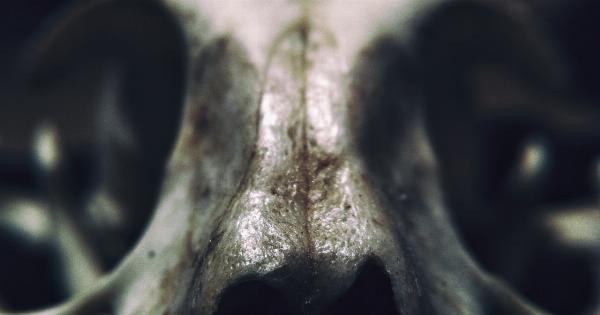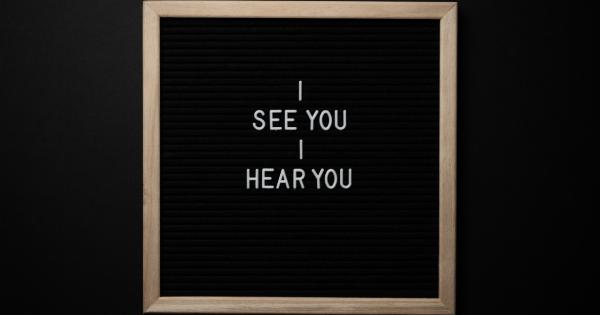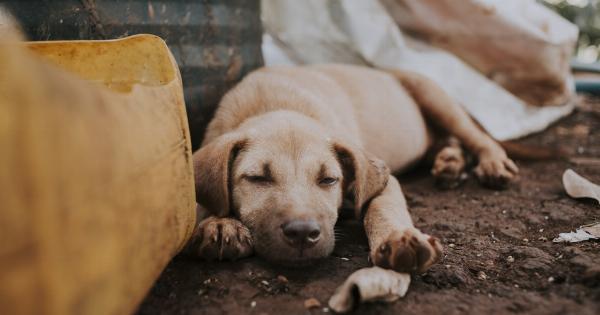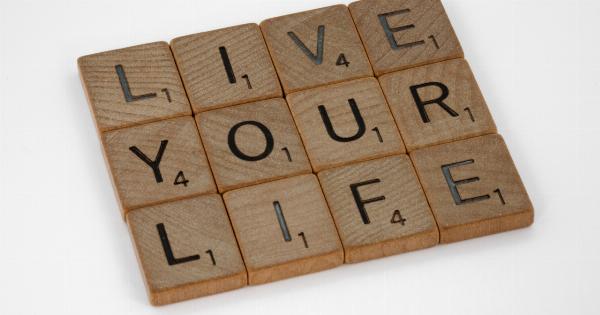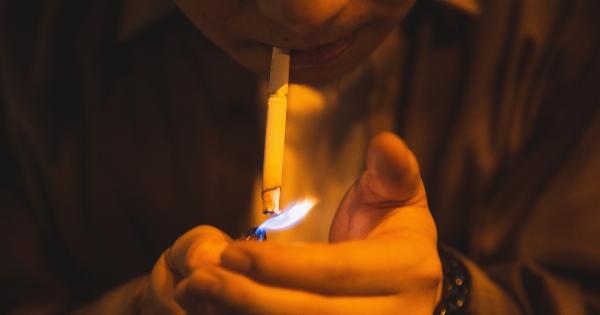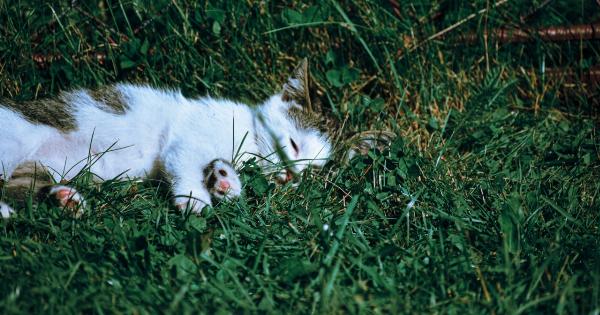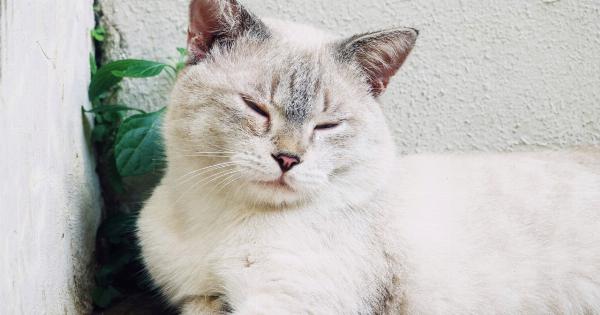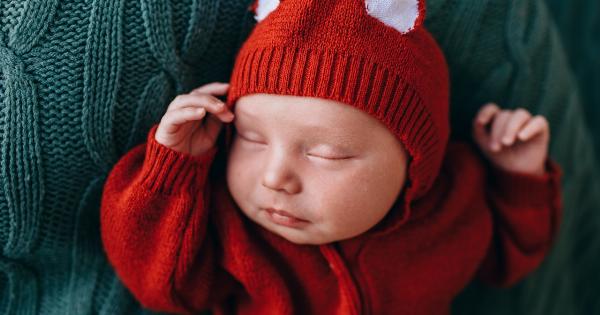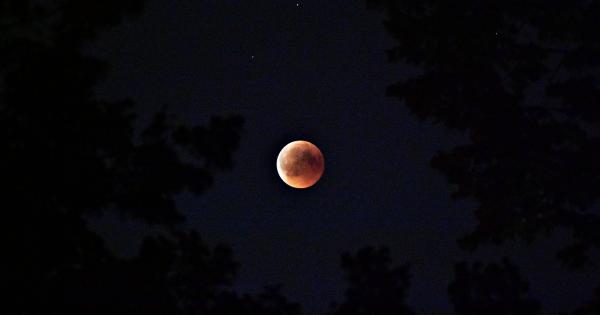Dreaming is a fascinating aspect of human experience that has long been the subject of scientific inquiry.
While much is still unknown about the nature and function of dreams, researchers have made significant progress in understanding the mechanisms that underlie this phenomenon. But what about animals? Can they dream like humans do? In this article, we’ll explore this question by examining the available evidence and considering what it might tell us about the nature of dreams.
What is a Dream?
Before we can explore whether animals can dream, we need to define what a dream is. At its most basic level, a dream is a series of thoughts, images, and sensations that occur during sleep.
Dreams can be vivid, emotional, and often bizarre, and they can be experienced in both REM (rapid eye movement) and non-REM sleep.
Do Animals Dream?
So, do animals dream? It’s a difficult question to answer definitively, but there is evidence to suggest that they do. One of the strongest pieces of evidence comes from studies of brain activity in animals during sleep.
Just as in humans, animals experience both REM and non-REM sleep, and during REM sleep, they exhibit brain activity that is similar to the brain activity observed in humans during dreaming. For example, studies have shown that rats exhibit patterns of brain activity during REM sleep that are similar to those seen in humans when they dream.
What Do Animals Dream About?
Of course, just because animals exhibit brain activity that is similar to human dreaming doesn’t necessarily mean that they experience the same kind of dreams.
Unfortunately, we can’t ask animals to describe their dreams to us, so we have to rely on more indirect measures to infer what they might be dreaming about.
One way researchers have attempted to do this is by observing the behavior of animals during sleep and comparing it to their behavior during waking life.
For example, in a classic experiment, researchers observed the behavior of rats as they navigated a maze during the day. Later, when the rats were asleep and exhibiting REM sleep, the researchers observed that the rats’ brains showed patterns of activity that were similar to those observed during maze navigation while awake.
This suggests that the rats may have been re-experiencing the maze in their dreams.
Do Different Species Dream Differently?
Another intriguing question is whether different species of animals dream differently.
While we can’t directly compare the content of human and animal dreams, researchers have studied the brain activity of different animal species during sleep to see if there are any differences in their patterns of dreaming.
One study, for example, found that dolphins exhibit only unihemispheric sleep, which means that only one hemisphere of their brain is asleep at a time, while the other remains active.
During this active phase, dolphins show a pattern of brain activity that suggests they may be processing information related to tasks they perform during waking life, such as echolocation and communication.
In contrast, some species of birds exhibit something called “song replay” during their sleep.
This means that the birds replay songs they have learned during waking hours, suggesting that they may be consolidating and reinforcing these memories during sleep.
What Can Studying Animal Dreams Tell Us?
Studying animal dreams can provide insights into the nature and function of dreams more broadly.
For example, some researchers have suggested that dreams may serve a cognitive or emotional processing function, allowing us to consolidate memories and process emotions. If this is the case, then studying animal dreams could help us understand how this function has evolved across different species and shed light on how it works in humans.
Additionally, understanding animal dreams could provide insights into the cognitive and neural processes that underlie sleep.
Sleep is a complex and dynamic process that is essential for survival, and yet we still know relatively little about how it works. By studying the brains of animals during sleep, we may be able to gain a better understanding of the physiological processes that underlie this fundamental aspect of our existence.
Conclusion
So, can animals dream like humans do? While we can’t be certain, the evidence suggests that they can.
While we may never know for sure what animals actually dream about, studying their sleep patterns and brain activity can provide valuable insights into the nature and function of dreams more broadly. As we continue to unravel the mysteries of the sleeping brain, we may gain a better understanding of the role that dreams play in our lives and the lives of other animals.
